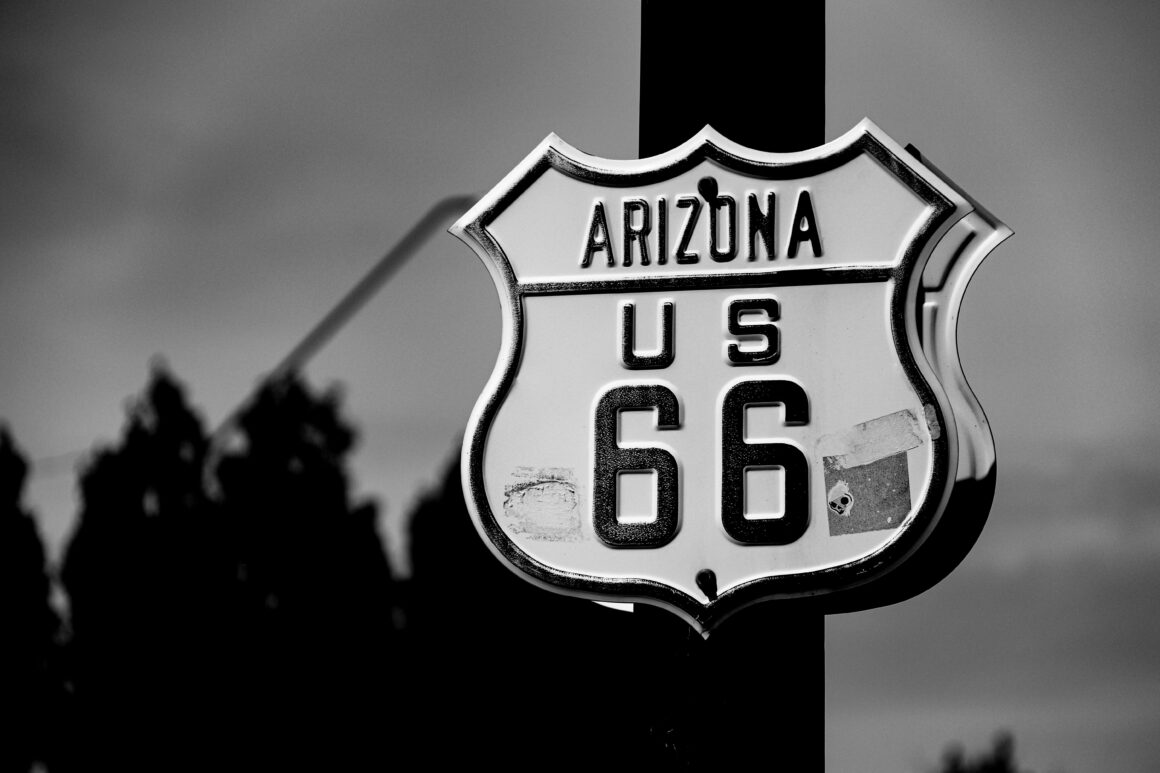To the first-world high school consumer, many plans for a hangout with friends lead to a trip to the mall. Shopping is the go-to idea when making plans with friends. And although many fun and exciting things can come from shopping at the nearby mall, there is a price to pay when shopping at popular stores such as Forever 21.
Fast fashion is a phenomenon which takes advantages of the short-lived trends in fashion, and literally puts out new clothing every day. Because of this mass production of clothing, fast fashion tends to have severely unsafe working conditions for its garment workers and detrimental tolls on the environment as well. Many people shop at popular stores such as Forever 21 and have no idea what they’re really putting their money towards.
Many teens and young adults list stores such as Forever 21, H&M, and American Eagle as their favorite clothing stores. Coincidentally (or not so coincidentally), these stores are all a product of fast fashion, as they frequently come out with new clothing and sell their products at fairly cheap prices. This makes sense, as high schoolers can not afford to shop at high end department stores, but neither do they want to shop at places where clothing isn’t up to style. Fast fashion must be the perfect solution, right? Well, not really. Their stylish clothing and affordable values come at a steep price.
Fast fashion has become so popular throughout the recent years, that it has risen to become one of the top environmentally draining industries in the world, with U.S. News and World Report deeming it as second only to the oil industry. MSNBC states that the push for lower prices has led to the usage of cheap materials which do not biodegrade, such as polyester. MSNBC’s article about this issue even deems that “10 percent of the world’s total carbon footprint comes from the apparel industry, and apparel is the second largest polluter of fresh water globally”.
Secondly, this increase in disposable clothing has also led to cheap labor. The industry’s race for the very cheapest prices has relied on the labor of workers in third world countries at the lowest end of the wage spectrum. While some may argue that the industry’s impact led to the creation of more jobs for people, it has also cultivated to the usage of child labor and extremely unsafe working conditions. The New Yorker has covered an article on the recent Forever 21 factory collapse in Bangladesh, which led to the death of more than 1100 workers, “in the worst industrial accident in the history of the apparel industry”. The sweatshop-like conditions of fast fashion have put many lives at risk, and cultivated in a culture of unethically produced brands.
Fast fashion is an environmentally unsustainable industry and exploits low-wage garment workers in third world countries, all for the creation of a culture which revolves around disposable clothing. The majority of shoppers at fast fashion stores are teenagers living in first world countries. Therefore, it is extremely important that the youth of our nation be aware of the tolls that fast fashion has made on our society. Next time you think about buying that oh-so-pretty and oh-so-cheap sweater from H&M, think about what has been sacrificed for you to wear such a draining piece of clothing.



